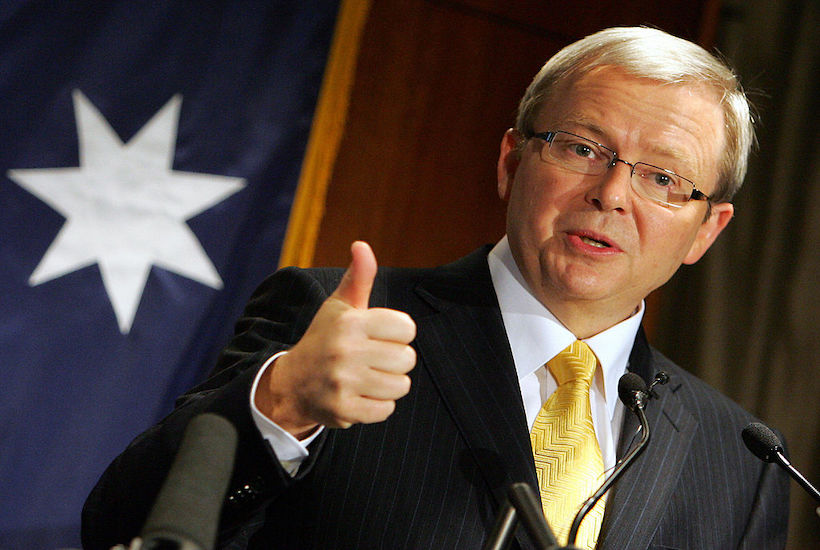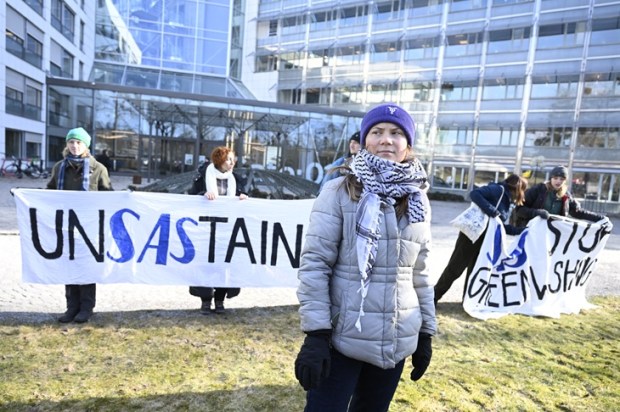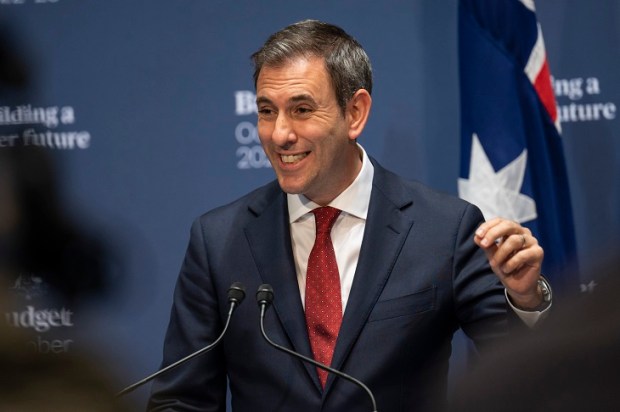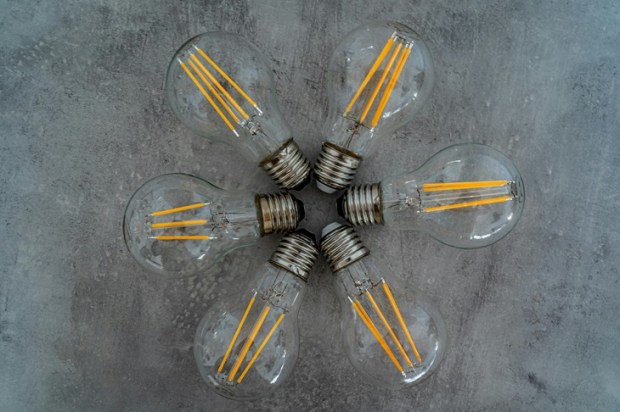This week, the Financial Review has featured a return of Ross Garnaut to the climate policy advisory role. Soothingly, he said that with the upcoming technological changes, Australia in a post-carbon world could become the locus of energy-intensive processing of minerals”. This, he said, was because of our superior “renewable energy endowment”. The renewables he refers to are wind and solar. They remain two to three times the cost of coal, gas or nuclear in electricity generation and will never be cheaper than them nor as reliable. Australia is not even particularly well-endowed in wind and solar, except in the more inhospitable and remote parts of the continent.
Exploring the perimeter of credulity, Garnaut also saw renewable energy as bringing a burgeoning hydrogen export industry for Japan and Korea. And he saw Australia as an exporter of its wind and solar as electricity via high voltage direct current transmission.
It was Garnaut’s eponymous 2008 report that armed the Rudd government’s agenda for overturning the conventional energy market.
The Garnaut report welcomed “Australia’s return to the international fold following the election of the Rudd Labor Government.” It paved the way for a massive expansion of the renewables subsidies and the Gillard carbon tax. It was largely written by the present Commonwealth Treasury Secretary, Stephen Kennedy, something that’s especially worrisome given the prominent role Treasurer Josh Frydenberg played in marketing Turnbull’s version of a carbon tax.
Treasury supplied the economic modelling for the report, which placed ridiculously low costs on the massive economic transformation that a carbon price would entail in reducing the emissions in 2050 by 60 per cent. It even said that we have to start enduring the pain as soon as possible as delays will mean closing off early opportunities to make the lowest cost savings. This is inconsistent with the message of a carbon-constrained economy becoming increasingly cheaper with technological developments.
Some parts of the Garnaut report clearly featured his own input. For example, as a seasoned China-hand, he would have supplied the report’s claim that China will cooperate in emission reductions by reducing its production of steel and aluminium. In 2007, China accounted for 36 per cent and 23 per cent respectively of global steel and aluminium output. Today it produces over 51 per cent of both! China’s emissions have increased 80 per cent since 2005.
Some of the inanities in the Garnaut report’s warming-induced damage estimates included:
- additional expense for repairing roads and bridges could cost over one percentage point of GDP
- reduced tourism partly due to a highly implausible collapse of the Great Barrier Reef and higher electricity costs
- because of ‘climate refugees’, a need for increased defence spending with an additional cost amounting to 0.2 per cent of GDP per annum
- the Murray-Darling Basin would face a 92 per cent decline in irrigated agricultural production
- more than 5.5 million Australians would be exposed to dengue fever, a favourite also of Kevin Rudd
- a need to replace cattle and sheep with low methane emitting kangaroo
Whether or not he still subscribes to these pieces of nonsense, his central message of the need and practicality of reducing carbon and other emissions remains intact. This cannot be a feasible policy mechanism to reduce greenhouse gas emissions unless the whole world adopts it. Back in 2008, Garnaut thought the EU, US and Japan would strong-arm others to do so. This looks less possible now — and impossible unless the US, which has taken formal steps to abrogate the Paris Climate Change Accord, limits the Trump Administration to one term.
In his confidence about the coming triumph of renewables, Garnaut is joined by others including the climate activist and wind farmer, Simon Holmes a Court who sees a light at the end of a tunnel from which Australia will once again emerge as an energy superpower. Lamenting a likely demise of the aluminium smelters, Holmes a Court writes, “a decade from now … a portfolio of wind and solar storage coupled with flexible load will deliver power significantly cheaper than our current grid. Australia will once again be competitive.”
He quotes Beyond Zero Emissions in saying Australia “can be the preferred destination for energy-intensive manufacturing in the unfolding low-carbon global economy”. All we need is to hold our nerve and oblige the government to keep piling in the $6 billion a year of subsidies to R&D, the grid, wind and solar and voila! — we emerge as the victors. Holmes a Court and others like Mr Cannon-Brookes put their own money on the line to promote these outcomes. But they did so as political, rather than commercial, entrepreneurs, by funding politicians who will regulate to force ordinary Australians to fund the expenses
This renewable nirvana has been around since the 1980s. But even the technology optimists like the Treasury silently recognise that an emission-free future will be costly, as testified by their forecasts of a positive carbon price well beyond 2050.
The costs induced by climate change hysteria and vested interests cannot prevail in the long run. Those nations willing to impose costs upon themselves will not be able to prevail upon others to do likewise and will either abandon their policies or slip into poverty. But these policies have already done untold damage in undermining the cheap, reliable power nations like Australia once had and, sadly, will continue to do so for some time yet.
Alan Moran is with Regulation Economics.
Got something to add? Join the discussion and comment below.
Got something to add? Join the discussion and comment below.
Get 10 issues for just $10
Subscribe to The Spectator Australia today for the next 10 magazine issues, plus full online access, for just $10.


























Comments
Don't miss out
Join the conversation with other Spectator Australia readers. Subscribe to leave a comment.
SUBSCRIBEAlready a subscriber? Log in